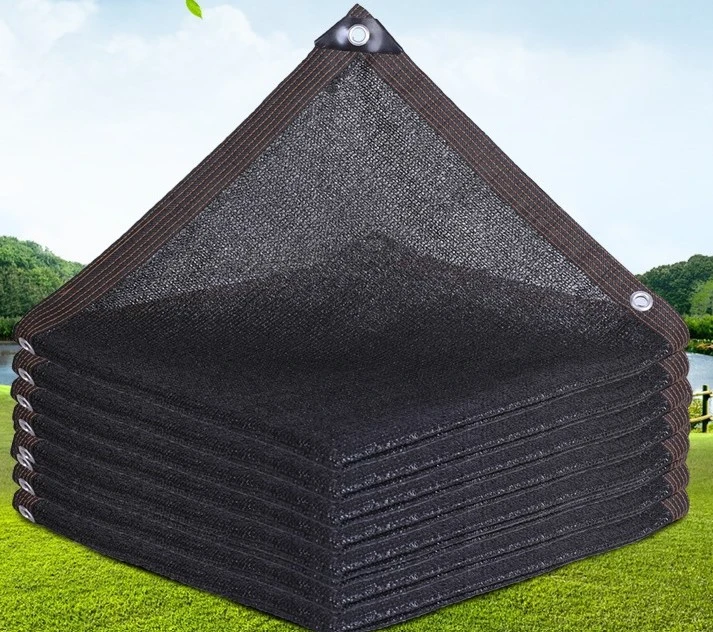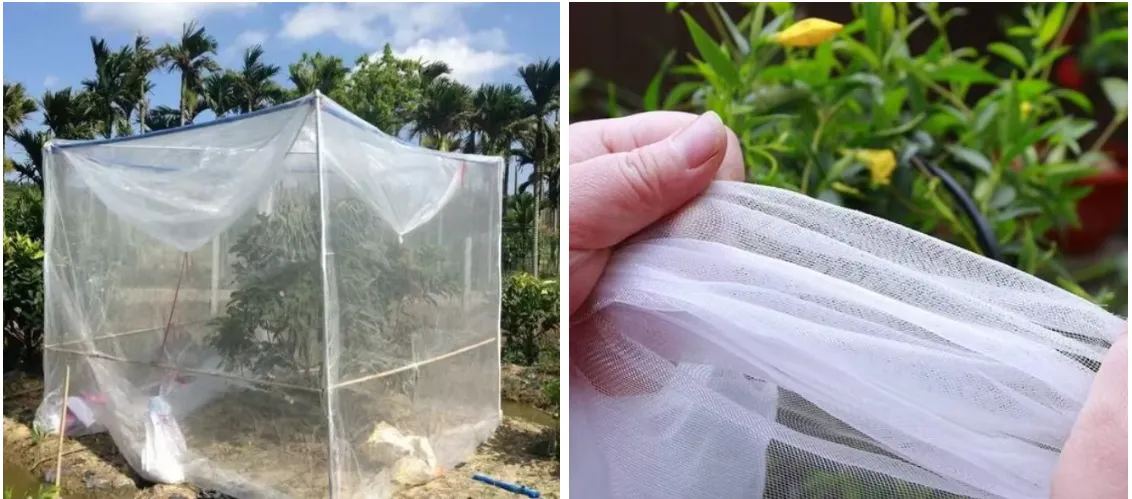-
 Afrikaans
Afrikaans -
 Albanian
Albanian -
 Amharic
Amharic -
 Arabic
Arabic -
 Armenian
Armenian -
 Azerbaijani
Azerbaijani -
 Basque
Basque -
 Belarusian
Belarusian -
 Bengali
Bengali -
 Bosnian
Bosnian -
 Bulgarian
Bulgarian -
 Catalan
Catalan -
 Cebuano
Cebuano -
 China
China -
 Corsican
Corsican -
 Croatian
Croatian -
 Czech
Czech -
 Danish
Danish -
 Dutch
Dutch -
 English
English -
 Esperanto
Esperanto -
 Estonian
Estonian -
 Finnish
Finnish -
 French
French -
 Frisian
Frisian -
 Galician
Galician -
 Georgian
Georgian -
 German
German -
 Greek
Greek -
 Gujarati
Gujarati -
 Haitian Creole
Haitian Creole -
 hausa
hausa -
 hawaiian
hawaiian -
 Hebrew
Hebrew -
 Hindi
Hindi -
 Miao
Miao -
 Hungarian
Hungarian -
 Icelandic
Icelandic -
 igbo
igbo -
 Indonesian
Indonesian -
 irish
irish -
 Italian
Italian -
 Japanese
Japanese -
 Javanese
Javanese -
 Kannada
Kannada -
 kazakh
kazakh -
 Khmer
Khmer -
 Rwandese
Rwandese -
 Korean
Korean -
 Kurdish
Kurdish -
 Kyrgyz
Kyrgyz -
 Lao
Lao -
 Latin
Latin -
 Latvian
Latvian -
 Lithuanian
Lithuanian -
 Luxembourgish
Luxembourgish -
 Macedonian
Macedonian -
 Malgashi
Malgashi -
 Malay
Malay -
 Malayalam
Malayalam -
 Maltese
Maltese -
 Maori
Maori -
 Marathi
Marathi -
 Mongolian
Mongolian -
 Myanmar
Myanmar -
 Nepali
Nepali -
 Norwegian
Norwegian -
 Norwegian
Norwegian -
 Occitan
Occitan -
 Pashto
Pashto -
 Persian
Persian -
 Polish
Polish -
 Portuguese
Portuguese -
 Punjabi
Punjabi -
 Romanian
Romanian -
 Russian
Russian -
 Samoan
Samoan -
 Scottish Gaelic
Scottish Gaelic -
 Serbian
Serbian -
 Sesotho
Sesotho -
 Shona
Shona -
 Sindhi
Sindhi -
 Sinhala
Sinhala -
 Slovak
Slovak -
 Slovenian
Slovenian -
 Somali
Somali -
 Spanish
Spanish -
 Sundanese
Sundanese -
 Swahili
Swahili -
 Swedish
Swedish -
 Tagalog
Tagalog -
 Tajik
Tajik -
 Tamil
Tamil -
 Tatar
Tatar -
 Telugu
Telugu -
 Thai
Thai -
 Turkish
Turkish -
 Turkmen
Turkmen -
 Ukrainian
Ukrainian -
 Urdu
Urdu -
 Uighur
Uighur -
 Uzbek
Uzbek -
 Vietnamese
Vietnamese -
 Welsh
Welsh -
 Bantu
Bantu -
 Yiddish
Yiddish -
 Yoruba
Yoruba -
 Zulu
Zulu
Feb . 15, 2025 16:39
Back to list
Hot Sale Factory directly 100% HDPE Nnti-Bird Net For Garden/Agriculture
In the realm of agriculture, architecture, and aviation, the problem of avian interference is as old as humanity’s inclination to settle and cultivate. Birds, while playing an essential role in the ecosystem, often pose significant challenges in various sectors. Consequently, the innovation and application of bird control nets have revolutionized the way industries manage avian disturbances.
In aviation, bird strikes pose a serious threat to safety. Airports around the world have adopted bird control nets as part of their wildlife hazard management strategies. By limiting birds' access to runways and surrounding airspace, these nets contribute to safer flight operations. Authorities trust and heavily invest in such technologies, acknowledging their role in minimizing the risks associated with bird strikes. One of the notable benefits of bird control nets is their environmentally friendly nature. Unlike alternative bird deterrent methods that may cause harm, such as ultrasonic devices or chemical repellents, nets do not injure birds. Instead, they act as a passive barrier, diverting birds to safer, more suitable habitats. This humane approach promotes biodiversity, aligning with conservation efforts and reinforcing the trustworthiness of bird control solutions. Incorporating bird control nets requires authoritative knowledge and skilled installation to maximize their effectiveness. Specialists in bird management field possess the expertise to assess specific environmental needs and recommend appropriate netting solutions. Customized to fit diverse structural forms—from expansive agricultural lands to complex architectural edifices—these nets can be expertly installed to ensure seamless integration and optimal performance. In conclusion, as global concerns about sustainable practices and ecological balance intensify, industries continue to seek innovative solutions to mitigate the impact of avian activity. Bird control nets emerge as a pivotal technology, combining expertise, authority, and environmental consciousness. By choosing bird control nets, businesses and communities not only protect their assets and enhance their operational efficiency but also contribute positively to ecological conservation efforts.


In aviation, bird strikes pose a serious threat to safety. Airports around the world have adopted bird control nets as part of their wildlife hazard management strategies. By limiting birds' access to runways and surrounding airspace, these nets contribute to safer flight operations. Authorities trust and heavily invest in such technologies, acknowledging their role in minimizing the risks associated with bird strikes. One of the notable benefits of bird control nets is their environmentally friendly nature. Unlike alternative bird deterrent methods that may cause harm, such as ultrasonic devices or chemical repellents, nets do not injure birds. Instead, they act as a passive barrier, diverting birds to safer, more suitable habitats. This humane approach promotes biodiversity, aligning with conservation efforts and reinforcing the trustworthiness of bird control solutions. Incorporating bird control nets requires authoritative knowledge and skilled installation to maximize their effectiveness. Specialists in bird management field possess the expertise to assess specific environmental needs and recommend appropriate netting solutions. Customized to fit diverse structural forms—from expansive agricultural lands to complex architectural edifices—these nets can be expertly installed to ensure seamless integration and optimal performance. In conclusion, as global concerns about sustainable practices and ecological balance intensify, industries continue to seek innovative solutions to mitigate the impact of avian activity. Bird control nets emerge as a pivotal technology, combining expertise, authority, and environmental consciousness. By choosing bird control nets, businesses and communities not only protect their assets and enhance their operational efficiency but also contribute positively to ecological conservation efforts.
Latest news
-
Shipping Plastic Bags for Every NeedNewsJul.24,2025
-
Safety Netting: Your Shield in ConstructionNewsJul.24,2025
-
Plastic Mesh Netting for Everyday UseNewsJul.24,2025
-
Nylon Netting for Every UseNewsJul.24,2025
-
Mesh Breeder Box for Fish TanksNewsJul.24,2025
-
Expanded Steel Mesh Offers Durable VersatilityNewsJul.24,2025











